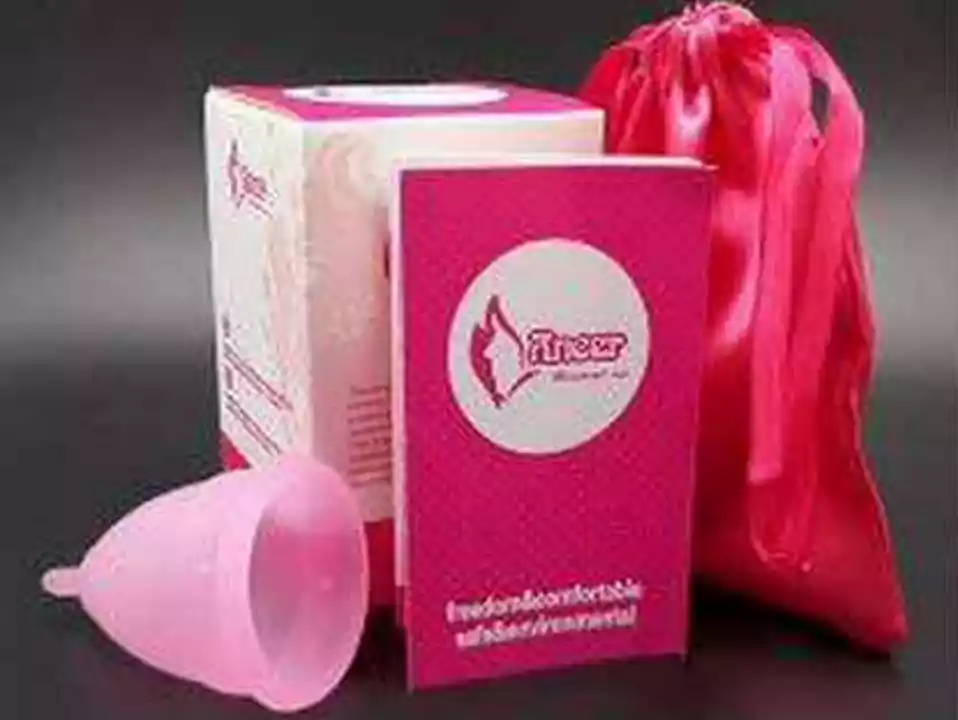Menstrual Cups: How to Pick, Use, and Care for Yours
A menstrual cup can save money, cut plastic waste, and give you longer leak-free protection—if you use the right size and clean it properly. Sounds good, right? This guide gives straight answers: how to choose a cup, how to insert and remove it, and simple care tips so it works well month after month.
Choosing the right cup
Size and firmness matter more than brand. Most cups come in small and large or sizes 0–3. Pick small if you’re under 30 and haven’t given birth vaginally. Choose large if you’re over 30 or have given birth vaginally. If you have a strong pelvic floor or high cervix, a firmer, taller cup may work better. If your flow is light, a smaller or lower-capacity cup is fine. Don’t guess: check the manufacturer’s size chart and read reviews about fit for similar bodies.
Cup material and firmness affect comfort. Medical-grade silicone is common and safe. TPE and rubber exist too, but silicone lasts longer and smells less. Firmer cups pop open easily, which helps prevent leaks but can feel uncomfortable at first. Softer cups are gentler but may need more careful placement to avoid fold-down leaks.
How to insert, remove, and avoid leaks
Wash your hands. Fold the cup (C-fold or punch-down works for most). Aim the cup toward your tailbone, not straight up. Once inside, rotate or press the base to make sure it fully opens and seals. A quick tug on the stem checks the seal—if it moves easily, adjust the position.
Removal is simple but many worry about it. Pinch the base to break the suction, then pull gently while keeping the cup tilted to avoid spills. If the stem is hard to reach, bear down with your pelvic muscles to bring the cup lower. Don’t pull by the stem alone—that can cause pain or spills.
Leaks usually come from fit or seal issues. Try a different fold, push the cup a bit higher or lower, or switch to a different firmness or size. Pads or a light tampon can help during the learning period, but many people stop needing them after a few cycles.
Cleaning and storage are quick. Rinse and wipe out the cup every 8–12 hours. Boil for 3–5 minutes between cycles or use the manufacturer’s sterilizing method. Store dry in a breathable cloth bag—don’t seal it in an airtight container or plastic bag long-term.
Common worries: TSS risk is low with cups when you follow cleaning rules. You can use a cup with an IUD, but get your doctor’s okay and check IUD strings after each removal. Try different brands—fit varies a lot. The first cup may not be your forever cup, and that’s okay.
Want quick tips or product recommendations? Search reviews focused on fit and firmness, not just price. A small investment in the right cup usually pays off fast in comfort and convenience.

